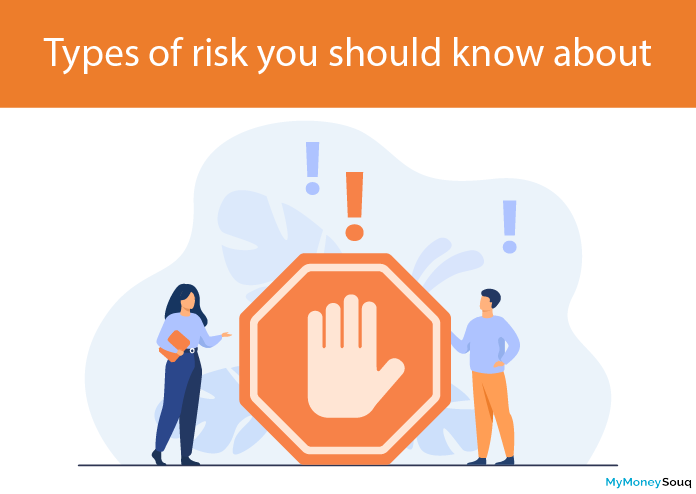Risk is an important factor in any kind of business or any financial activity that you take up. For most of the risk is losing the principal amount. Risk is considered as a possibility of making a profit or loss. There may be a profit yield or a loss incurred after the event.
Generally, the risk is of two types and is categorized as systematic risk and unsystematic risk. Systematic risk is a kind of risk that applies to the whole market segment. In the investment world, there is an element of risk that by default exists in the market. These risks are the influence of the government, war, inflation, recession, global crisis, and others. It is not possible to protect your investment portfolio against these kinds of risks.
Unsystematic risk is also called residual risk which is a specific kind of risk or also called diversifiable risk. This is a unique kind of risk that is particular to a type of entity. These are strikes, lockouts, lawsuits, and others. These can be diversified and there is a control element for these kinds of risks.
Broadly speaking an investor should know the types of risks which are related to the investments and here in this article we have presented a few types of risks which will influence the investment portfolio.
- Reinvestment risk
- Price risk
- Interest rate risk
- Market risk
- Inflation risk
- Absolute risk
- Relative risk
- Directional risk
- Non-Directional risk
- Basis risk
1. Reinvestment risk
When you make an investment it will give you a return and this return can be a profit or loss on your total investments. If you are not able to make a reinvestment at the same interest rate during the original investment then it is called reinvestment risk.
2. Price risk
Due to a change in the interest rate if the price of an investment asset is getting influenced then it is called price risk. The return on investments such as shares, bonds, commodities, and others will be influenced by future interest rates.
Click here for Understanding the investment risk pyramid
3. Interest rate risk
If an asset loses its value due to a change in the interest rate then it is called interest rate risk. This risk is associated with debt instruments like bonds.
4. Market risk
Market risk is a kind of risk that will result as a change in price movements. The risk of financial loss may be due to adverse price changes. Market risks are changes in the prices or changes in the commodity prices, foreign exchange rate fluctuations, or interest rate changes.
5. Inflation risk
Inflation is a tendency for price rise and during inflation, the prices of goods and services will increase drastically. During this inflationary period, the purchasing power will decrease and prices for goods and services will be costly. The returns on investment during this period will become lower. Inflation risk will mainly be debt and money market instruments.
6. Absolute risk
Absolute risk is defined as the probability of an event. The risk of making a loss on the investment is called absolute risk in the investment world. It will consider the average data of an event and states the results through the risk.
7. Relative risk
Relative risk is the probability of happening or non happening of an event occurring between two groups. It compares the odds for two groups against each other and presents the risk associated with that investment.
Click here for Investment in REIT
8. Directional risk
Directional risk is a type of risk that will occur due to the price changes of financial instruments. The changes in stock prices, interest rates, and others are categorized as directional risk.
9. Non-Directional risk
Non-Directional risk will arise when the trade is not followed by the trader. The dealers in the market will do the trading like buying and selling the shares to mitigate the risk.
10. Basis risk
This kind of risk is a potential risk that will arise from mismatches in the hedged position. If the hedge is not perfect then the basis risk will arise and this will happen so that losses in investments are not clearly set off by the hedge.
Take away
Risk is the possibility of making a profit or loss. The advantage of knowing the risk will help the investors to take the right decisions at the right time. Investments and returns on investments are risk-oriented. Having the right knowledge and timely decisions will certainly give good returns on the investments to the investors.

